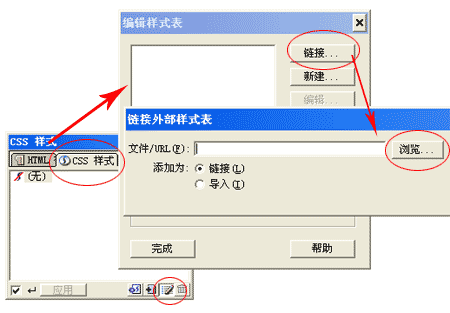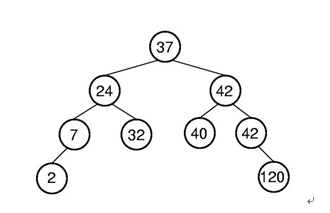直方图(histograms)
1、入门[sql] view plaincopyprint?SQL> create table t12 as3 with kilo_row as (4 select /*+ materialize */5 rownum6 from all_objects7 where rownum <= 10008 )9 select10 trunc(7000 * dbms_random.normal) normal11 from12 kilo_row k1,13 kilo_row k214 where15 rownum <= 100000016 ;表已创建。上面将产生一个包含1 000 000个随机数的表。第一行调用了函数seed(),是为了重复执行该示例产生相同的结果。[sql] view plaincopyprint?SQL> select tenth tenth,2 min(normal) low_val,3 max(normal) high_val,4 max(normal) - min(normal) width,5 round(100000 / (max(normal) - min(normal)), 2) heightfrom (select normal, ntile(10) over(order by normal) tenth from t1)group by tenth8 order by tenth;TENTH LOW_VAL HIGH_VAL WIDTH HEIGHT---------- ---------- ---------- ---------- ----------1 -31491 -8969 22522 4.442 -8969 -5884 3085 32.413 -5884 -3661 2223 44.984 -3661 -1766 1895 52.775 -1766 3 1769 56.536 3 1774 1771 56.477 1775 3674 1899 52.668 3674 5904 2230 44.849 5904 8970 3066 32.6210 8970 33974 25004 4已选择10行。ntile() over()子句对数据进行分类,并将这些类别均匀的分成10个部分(桶)——每一部分对应100 000行数据。从-31491和-8969之间(第1个桶)取出任意一个值,直方图中对应的高度表明表中不会有太多的行与之相匹配(高度为4.44)。类似地,表中又不会有太多的数据行能够月8970和33974之间的值相匹配(第10个桶)。绝大部分数据聚集于直方图SQL> begin2 dbms_stats.gather_table_stats(3 user,4 't1',5 cascade => true,6 estimate_percent => null,7 method_opt => 'for columns normal size 10'8 );9 end;10 /在列normal上创建一个有10个桶的直方图。[sql]SQL> select rownum tenth,2 prev low_val,3 curr high_val,4 curr - prev width,5 round(100000 / (curr - prev), 2) height6 from (select endpoint_value curr,7 lag(endpoint_value, 1) over(order by endpoint_number) prev8 from user_tab_histograms9 where table_name = 'T1'10 and column_name = 'NORMAL')11 where prev is not null12 order by curr;TENTH LOW_VAL HIGH_VAL WIDTH HEIGHT---------- ---------- ---------- ---------- ----------1 -31491 -8969 22522 4.442 -8969 -5884 3085 32.413 -5884 -3661 2223 44.984 -3661 -1766 1895 52.775 -1766 3 1769 56.536 3 1774 1771 56.477 1774 3674 1900 52.638 3674 5904 2230 44.849 5904 8970 3066 32.6210 8970 33974 25004 4查询user_tab_histograms视图得到的结果与针对原始数据原来的查询得到的结果是一致的。2、频率直方图创建一个表,其中定义了一个列skew,其定义方式为数值1出现一次,数值2出现两次,以此类推直到80,因此一共有3240行数据。[sql]SQL> create table t1 (2 skew not null,3 padding4 )5 as6 with generator as (7 select --+ materialize8 rownum id9 from all_objects补充:综合编程 , 其他综合 ,上一个:模仿懒惰加载的图片加载方法
下一个:Creo二次开发--函数-质量函数





